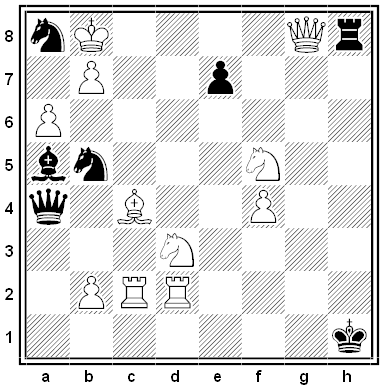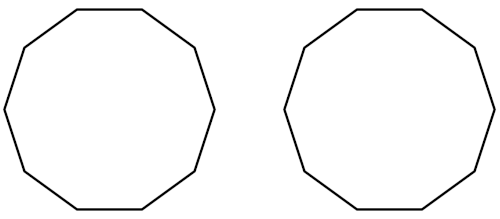Anton was the last passenger on and the second one off, so no one entered the elevator after him and only one person exited before him. He went up at least two floors. Edsel got off before Gerda got on, so Edsel must be the passenger who exited the elevator before Anton did. This means that Filbert entered the car sometime before Anton and left it after him, which means he went up at least four floors. Edsel traveled exactly twice as many floors as Filbert did, so Edsel went up at least eight floors. If we assume that Filbert went up only four floors, then at a minimum we have this:
Floor 1: Edsel gets on
Floor 9: Edsel gets off
Floor 10: Gerda gets on
Floor 11: Filbert gets on
Floor 12: Anton gets on
Floor 13: No one gets on or off
Floor 14: Anton gets off
Floor 15: Filbert gets off
Floor 17: No one gets on or off
This scheme leaves exactly four floors (16, 18, 19, 20) for four passengers (Bessie, Clara, Dagwood, and Gerda) to get off, so this minimum scheme must be correct, and Filbert cannot have risen more than four floors.
So that gives us 11 known floor stops (1, 9, 10, 11, 12, 14, 15, 16, 18, 19, 20). Five of these are odd and six even. We’re told that the elevator’s doors opened at more odd-numbered floors than even-numbered floors, so there were eight stops at odd floors, and the three in addition to the ones we’ve named must be 3, 5, and 7. These must be the floors on which Dagwood, Bessie, and Clara (in that order) got on. Bessie went up more floors than Dagwood, so he must have got off at 16 (after rising 13 floors) and then Bessie got off at 19 or 20 (after rising 14 or 15 floors). If Dagwood had gotten off at floor 18 or higher then Bessie would have had to get off above floor 20. We’re told that no two passengers traveled the same number of floors, so Gerda, who got on at 10, couldn’t have exited at 18. We also know Gerda wasn’t the last one to exit, so she must have got off at 19, which means Bessie got off at 20 and Clara got off at 18:
Anton: on at 12, off at 14, rising 2
Bessie: on at 5, off at 20, rising 15
Clara: on at 7, off at 18, rising 11
Dagwood: on at 3, off at 16, rising 13
Edsel: on at 1, off at 9, rising 8
Filbert: on at 11, off at 15, rising 4
Gerda: on at 10, off at 19, rising 9
From Games magazine, April 1993.



